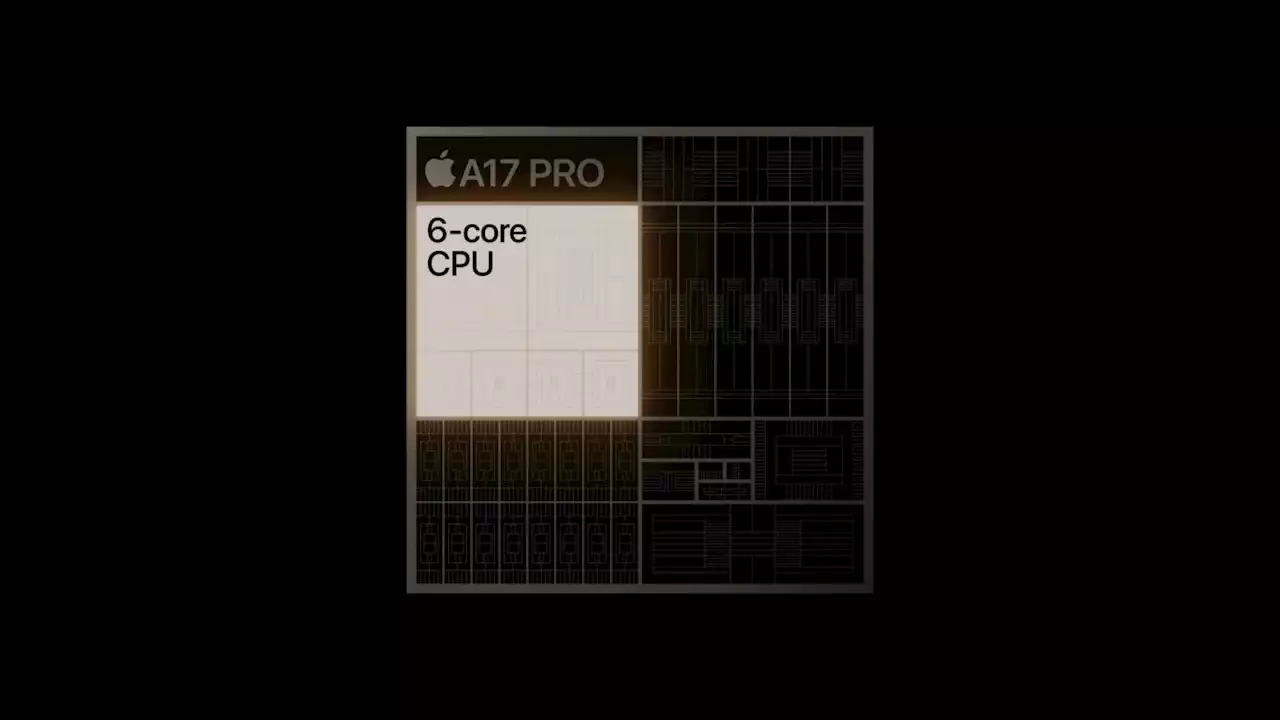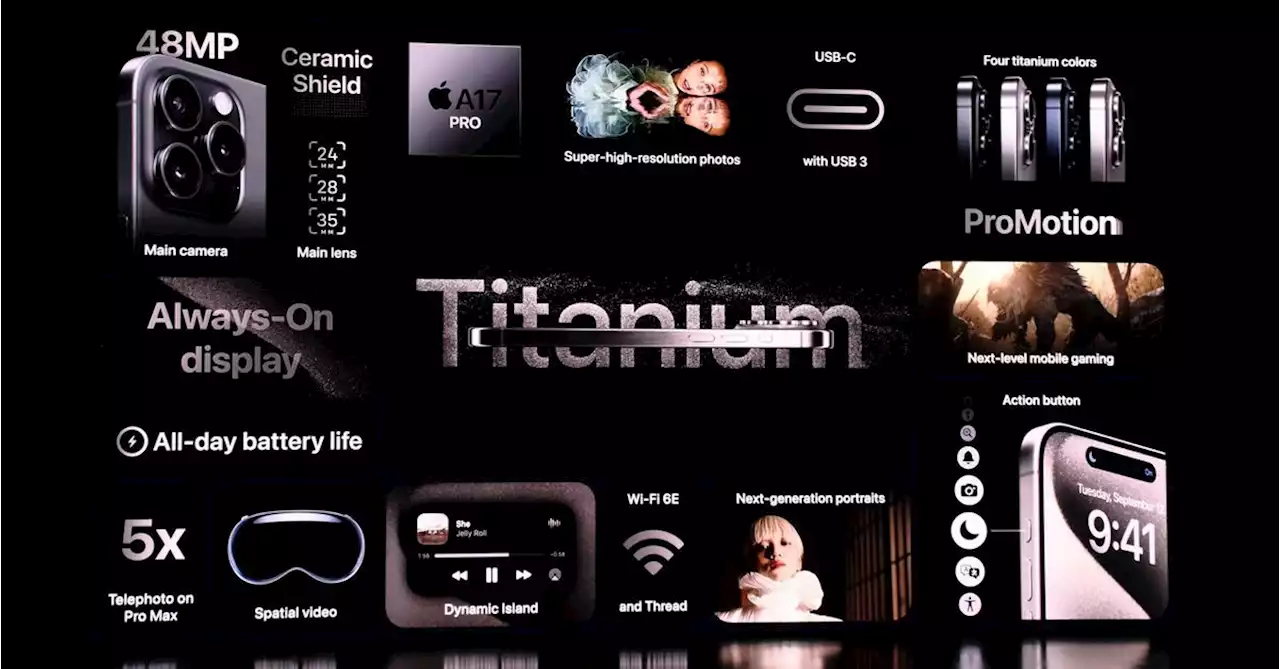The iPhone 15 Pro is the latest Pro iPhone you can buy. But if you already have the iPhone 14 Pro, do you really need to upgrade? Let's find out.
This story is part of our complete Apple event coverage The iPhone 15 Pro might look like an aesthetics-heavy upgrade to the iPhone 14 Pro, given the spotlight on its titanium build, but it also makes a ton of changes inside that can sway the appeal for power users. There’s a new 3nm chip inside, a second-generation Ultra Wideband chip for communication with nearby devices, and a healthy bunch of software-side improvements to the camera system.
Apple explains that the strategic use of both titanium and aluminum allowed the team to achieve a delicate design balance. While titanium provides enhanced strength and durability at reduced weights, aluminum is employed to effectively regulate heat and facilitate the replacement of the back glass panel, if and when necessary.
It appears that in balancing the requirements of a more power-hungry processor, Apple couldn’t make any positive strides at increasing how long the battery lasts on a single charge. Talking about the processor, it’s one area where the iPhone 15 Pro leapfrogs not just its predecessor but also the entire smartphone industry. The new A17 Pro silicon is the first system-on-a-chip based on the 3nm fabrication process.
The iPhone 14 Pro remains an extremely capable smartphone, but there’s no denying that the iPhone 15 Pro is gunning to be a pretty dramatic improvement where performance is concerned. The iPhone 15 Pro lets users shoot at a new – and higher – default resolution of 24 megapixels, twice that of the usual default at 4-in-1 pixel-binned 12-megapixel shots. Another convenience is that you can now capture full-resolution 48MP photos without having to worry about gobbling up the onboard storage. So far, the full-res photos have defaulted to the ProRAW format, which takes up more storage space, but now, these pictures can also be stored in HEIF format.
For folks intending to shoot films and documentaries, the iPhone 15 Pro holds the distinction of being the first phone worldwide to support the Academy Color Encoding System, the industry standard open color encoding standard developed by the Academy of Motion Picture, Arts and Sciences. If the name Thread rings a bell, that’s because it is one of the key protocols for Matter, the inter-operability standard developed by the Connectivity Standards Alliance. Apple is one of the major members of the coalition that supported the development of Matter and has already built compatible controllers inside devices, such as the HomePod and Apple TV 4K.
United States Latest News, United States Headlines
Similar News:You can also read news stories similar to this one that we have collected from other news sources.
 Apple A17 Pro chip benchmarks show where iPhone 15 Pro Max beats the 14 Pro MaxHDR and ray-tracing seem to be the huge winners.
Apple A17 Pro chip benchmarks show where iPhone 15 Pro Max beats the 14 Pro MaxHDR and ray-tracing seem to be the huge winners.
Read more »
 The iPhone 15 Pro and Pro Max will let you film spatial video you can watch on the Vision ProApple is really trying to make spatial happen.
The iPhone 15 Pro and Pro Max will let you film spatial video you can watch on the Vision ProApple is really trying to make spatial happen.
Read more »
 Apple introduces the first 3nm smartphone chipset, the A17 Pro, for the iPhone 15 Pro modelsApple introduced the A17 Pro today, the first 3nm application processor made for a smartphone.
Apple introduces the first 3nm smartphone chipset, the A17 Pro, for the iPhone 15 Pro modelsApple introduced the A17 Pro today, the first 3nm application processor made for a smartphone.
Read more »
 Why did Apple put a Thread radio in its newest iPhones?The iPhone 15 Pro and Pro Max are the first smartphones with Thread.
Why did Apple put a Thread radio in its newest iPhones?The iPhone 15 Pro and Pro Max are the first smartphones with Thread.
Read more »
 Apple Reveals iPhone 15 Pro, Pro MaxApple's iPhone 15 Pro and iPhone 15 Pro Max boast a new processor that powers its heavy focus on photography, video capture and mobile gaming.
Apple Reveals iPhone 15 Pro, Pro MaxApple's iPhone 15 Pro and iPhone 15 Pro Max boast a new processor that powers its heavy focus on photography, video capture and mobile gaming.
Read more »
